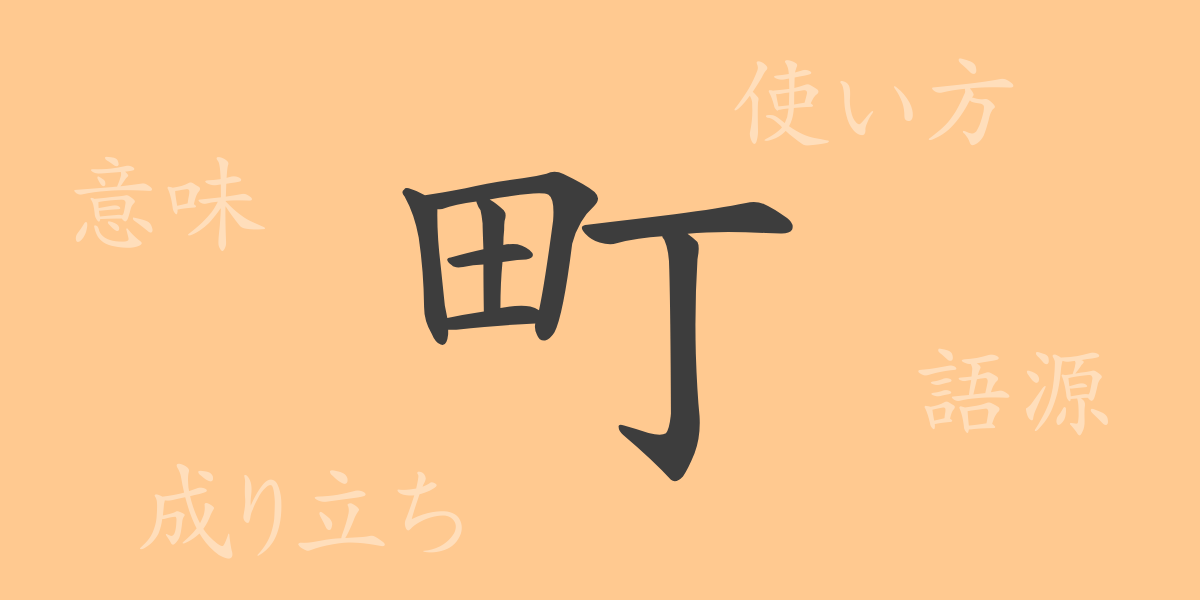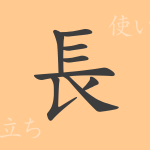Japanese culture and language are renowned worldwide for their complexity and delicacy, with kanji highlighting the charm of the Japanese language through its profound forms and meanings. This article focuses on the commonly used kanji ‘町(まち)’, exploring its origins, modern usage, and its integration into idioms and proverbs related to Japanese towns. Let’s delve into the full spectrum of ‘町’ and discover how it enhances the Japanese language.
Origins of ‘町(まち)’
The kanji ‘町’ originated from ancient China, combining the radical for settlements, ‘邑’, with the kanji for rice paddies, ‘田’. This composition represented the communities that formed around rice paddies, evolving into the term ‘町’ for villages. Over time, in Japan, it came to denote settlements and commercial areas formed along roads and intersections.
Meaning and Usage of ‘町(まち)’
In contemporary Japanese, ‘町’ typically refers to small administrative districts or specific areas within cities, often characterized by distinct features like shopping districts or residential areas. It is used in terms such as ‘町内会(ちょうないかい)’ (neighborhood association), ‘町並み(まちなみ)’ (townscape), and ‘町人(ちょうにん)’ (townspeople), reflecting community, urban landscapes, and residents.
Readings, Stroke Count, and Radical of ‘町(まち)’
‘町’ is a fundamental kanji in Japanese, known for its simple structure and readings:
- Readings: On’yomi ‘チョウ’, Kun’yomi ‘まち’
- Stroke Count: ‘町’ consists of 7 strokes.
- Radical: Its radical is ‘田’, which represents rice paddies or farmland, common in many kanji.
Idioms, Phrases, and Proverbs Using ‘町(まち)’
The kanji ‘町’ appears in numerous idioms, phrases, and proverbs:
- 町人文化(ちょうにんぶんか): Refers to the urban culture of the Edo period.
- 町火消し(まちびけし): The organization responsible for firefighting in towns during the Edo period.
- 町を取るには町を取られ(まちをとるにはまちをとられ): A proverb meaning if you want others to do something for you, you should do the same for them first.
Conclusion on ‘町(まち)’
The kanji ‘町’ has deeply intertwined with Japanese history and daily life, offering a rich tapestry of meanings from its origins to its current usage and cultural significance. Understanding the depth of this single character enriches our comprehension of the Japanese language, reminding us of its rich history and cultural context every time we encounter it.

























